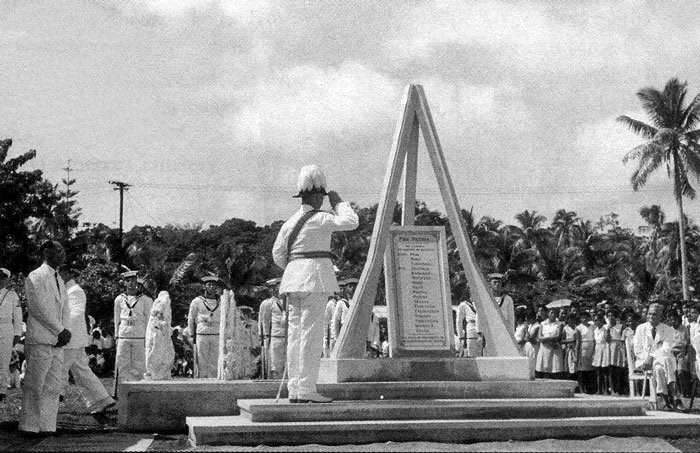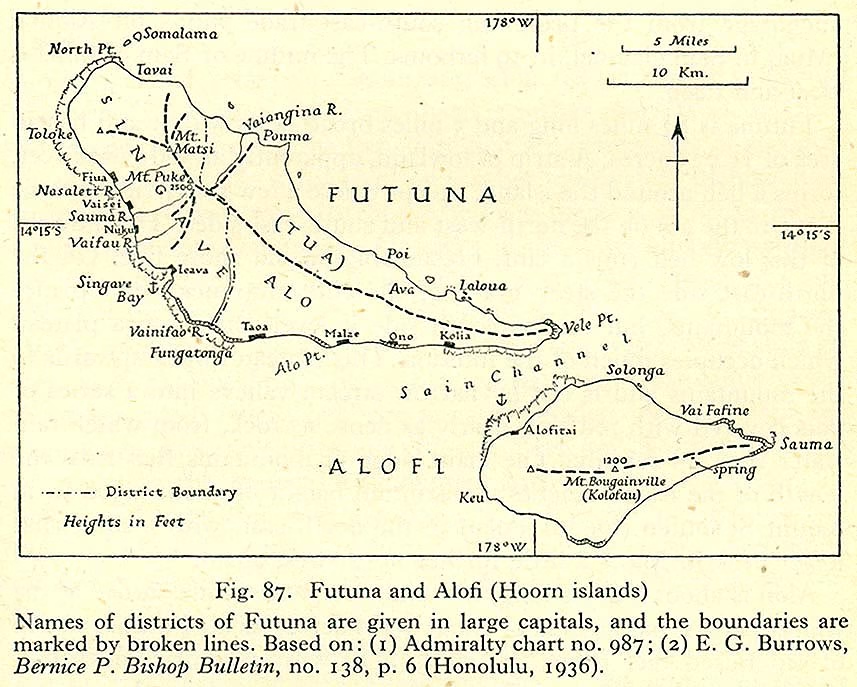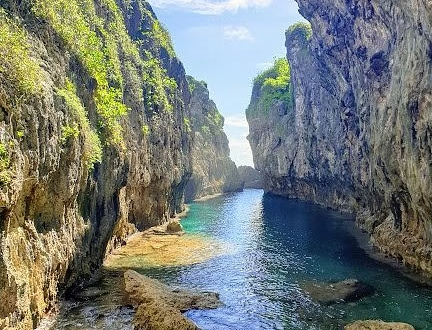
The History of Alofi: A Fascinating Journey Through Time
Alofi, the charming capital of Niue, holds a rich and unique history that stretches far beyond its peaceful streets and scenic coastline. While small in size, Alofi has played a central role in shaping the identity of Niue and its people. Understanding the history of Alofi is key to appreciating its cultural significance and how it became the heart of this Pacific island nation.
1. The Early Settlement of Alofi
Long before European contact, the area now known as Alofi was home to Niuean ancestors who arrived from Samoa, Tonga, and other Polynesian islands. They established communities across the island, including what would later become Alofi. The people lived off fishing, farming, and the land’s natural resources, forming a deeply rooted Polynesian culture that still influences Alofi today.

2. The Role of Alofi in Niuean Society
In ancient times, Alofi was not a centralized capital but a vital coastal area used for community gatherings, navigation, and ceremonies. The cliffs and natural harbors around Alofi made it ideal for launching canoes and trading between villages. Oral traditions and legends passed down through generations often mention the lands and waters of Alofi.

3. European Arrival and Alofi’s Transformation
The arrival of Europeans in the 18th and 19th centuries brought major changes to Alofi and Niue as a whole. Christian missionaries played a significant role, establishing churches and schools in the Alofi area. Over time, Alofi became a center for governance and religion, gradually evolving into the administrative heart of the island.

4. Alofi as the Capital of Niue
In the 20th century, Alofi was officially designated as the capital of Niue. Government buildings, markets, schools, and services were developed in Alofi, further strengthening its position as the island’s hub. Despite its small population, Alofi became the link between traditional Niuean life and the modern world.

5. Cyclone Heta and the Rebuilding of Alofi
In 2004, Alofi was devastated by Cyclone Heta, which destroyed many homes, public buildings, and even the hospital. The disaster marked a turning point in the history of Alofi, as the community came together to rebuild and recover. Today, parts of Alofi still reflect this resilience, with newer buildings standing beside older, traditional structures.

6. Modern Alofi: A Blend of Tradition and Change
Today, Alofi is a small but significant capital. It remains a center for government, commerce, and culture in Niue. Tourists visiting Alofi can explore its historical sites, enjoy local crafts, and connect with the island’s heritage. Though quiet and remote, Alofi carries centuries of history in its land, people, and stories.

Conclusion: Why the History of Alofi Matters
The history of Alofi is more than a timeline—it’s a story of resilience, identity, and cultural richness. From ancient Polynesian settlement to modern capital, Alofi reflects the journey of Niue itself. Understanding the roots of Alofi deepens one’s appreciation for this peaceful island town and reminds us that even the smallest places can hold powerful stories.





One Comment
Pingback: